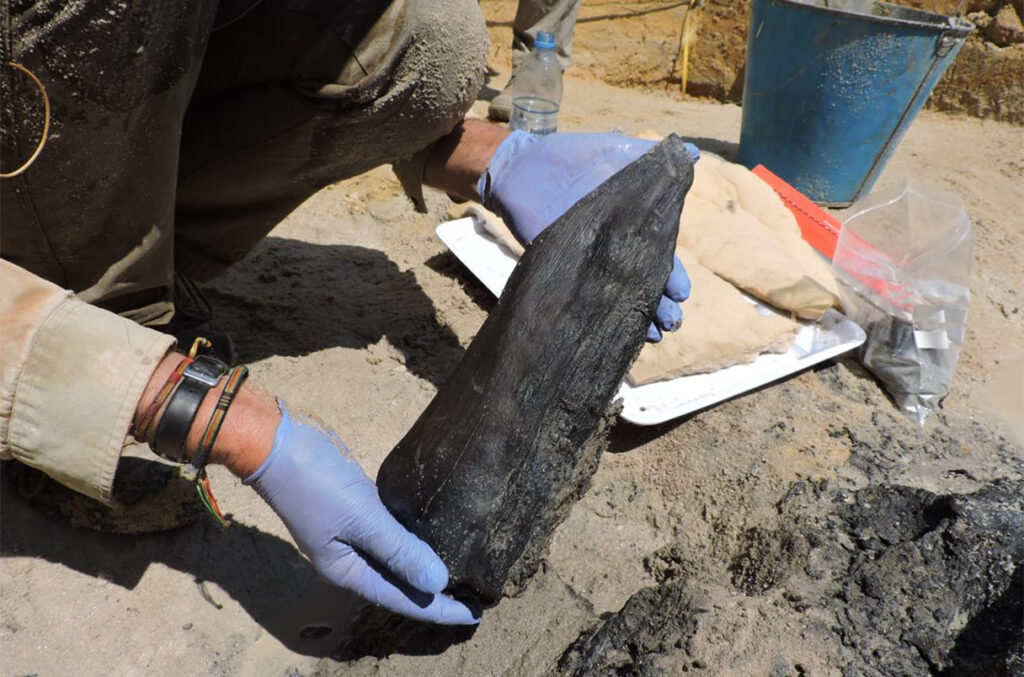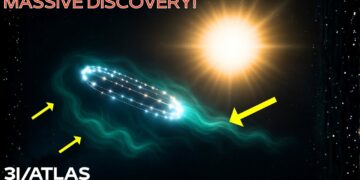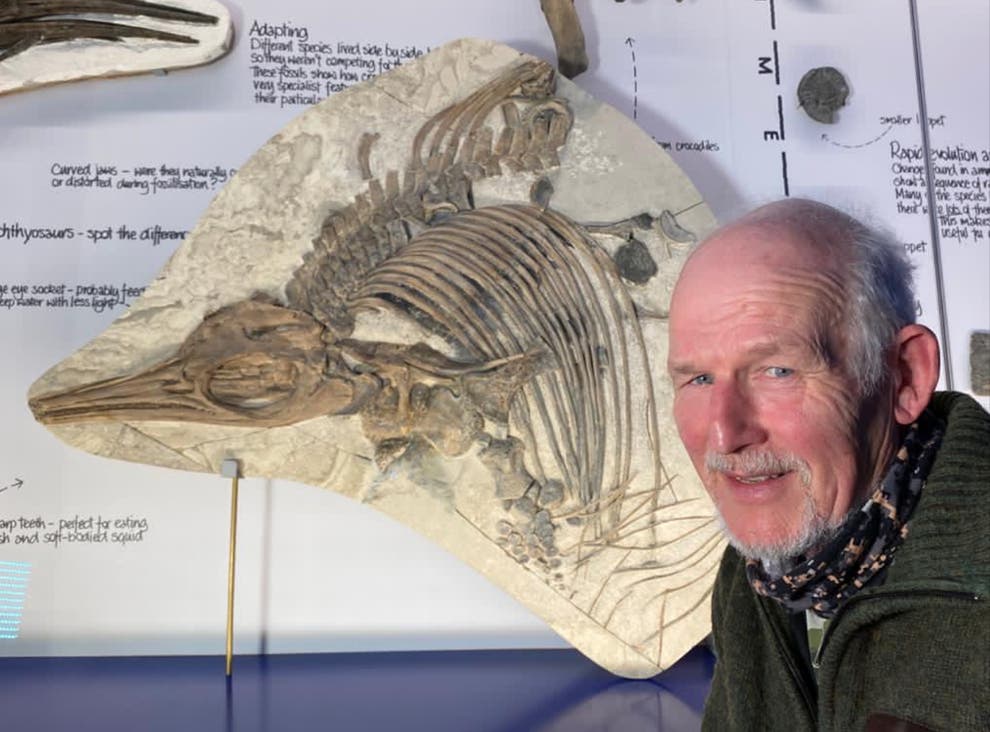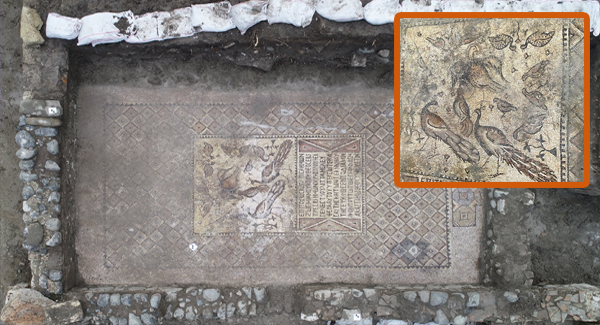Every archaeological dig at Kalambo Falls is a race against time. The area near this giant waterfall, near Zambia’s border with Tanzania, is a rich archaeological site. But seasonal flooding forces researchers to quickly excavate before artifacts are washed away.
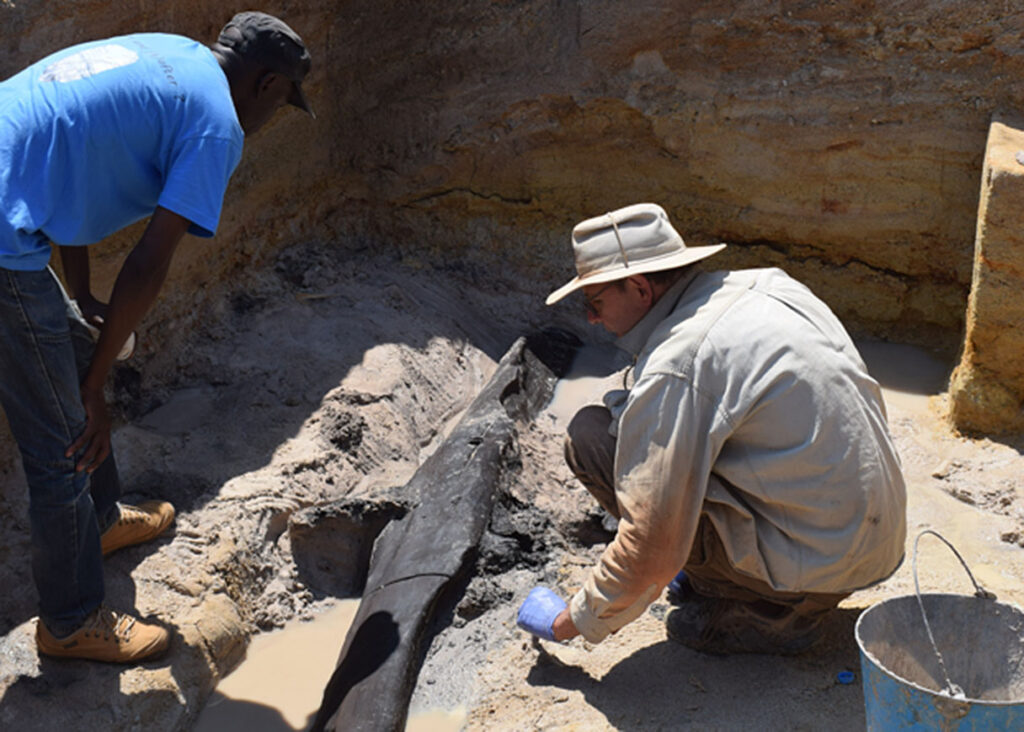
Today in Nature, the pair reports that an ancient wooden structure unearthed from deeper in that riverbank may be the earliest known example of wooden construction. Using a newly developed luminescence dating technique, they determined that human ancestors created the structure—a pair of interlocking logs joined by a carved notch—about 476,000 years ago, well before modern humans emerged.
The discovery of what appears to be part of a fixed platform suggests our archaic relatives were less nomadic than previously thought, Barham says. The find also provides a startlingly early date for “when people started to structurally alter the planet for their own benefit,” Annemieke Milks, an archaeologist at the University of Reading, wrote in a related Nature commentary.
Because wood decomposes more quickly than stone, wooden artifacts are relatively rare, even though “it’s likely wooden tools go a long way back,” says Andy Herries, a paleoanthropologist and geoarchaeologist at La Trobe University. A fragment of polished plank from Israel is believed to be a whopping 780,000 years old, and a handful of other ancient wooden artifacts have been discovered around the world, such as 300,000-year-old spears from Germany.
At Kalambo Falls, the wet conditions that make excavation so frustrating are ideal for preserving wood, Barham explains, because waterlogged sediment prevents decomposition. Over time, the wood also absorbs minerals dissolved in the water, making it even more durable.
The meter-long logs found there had distinctive marks on their surface that were likely intentionally made with stone tools. Their notched, interlocking design suggests they were part of a walkway—perhaps a bridge or the foundation of a dwelling. The people who built this structure, Barham and Duller explain, “were investing in a place.”
The team determined the logs’ age with a technique called applied luminescence dating. When buried, some minerals can absorb ambient radioactivity and store it as energy. When scientists release this stored energy in a lab, the minerals glow with faint light. Its intensity is a measure of time since the sediment was last exposed to daylight. Luminescence dating normally relies on quartz, but for this study the researchers turned to feldspar, which can absorb much more radioactivity than quartz. “It’s got a bigger battery. It can take more charge,” Duller says. The feldspar grains from sediment encasing the logs showed they were about 476,000 years old.
“I think the ages are reliable,” says Richard Roberts, a dating expert who reviewed the paper. If so, the worked logs predate Homo sapiens, meaning they were likely created by a more archaic human ancestor, perhaps H. heidelbergensis.
The discovery comes as a surprise because most archaeologists thought such early hominins were nomadic. Most artifacts from their time were easily carried, such as spears and digging sticks.
But early humans were apparently less nomadic and more capable than thought. “Our ancestors are so often portrayed as cavemen,” Herries says. In contrast, the new study suggests they also could build freestanding structures and shape the environment to meet their needs. “We glimpse the archaeology of this time period as if through a pinhole,” Herries says, “but every now and again a find comes along that opens that pinhole a fraction more.”


